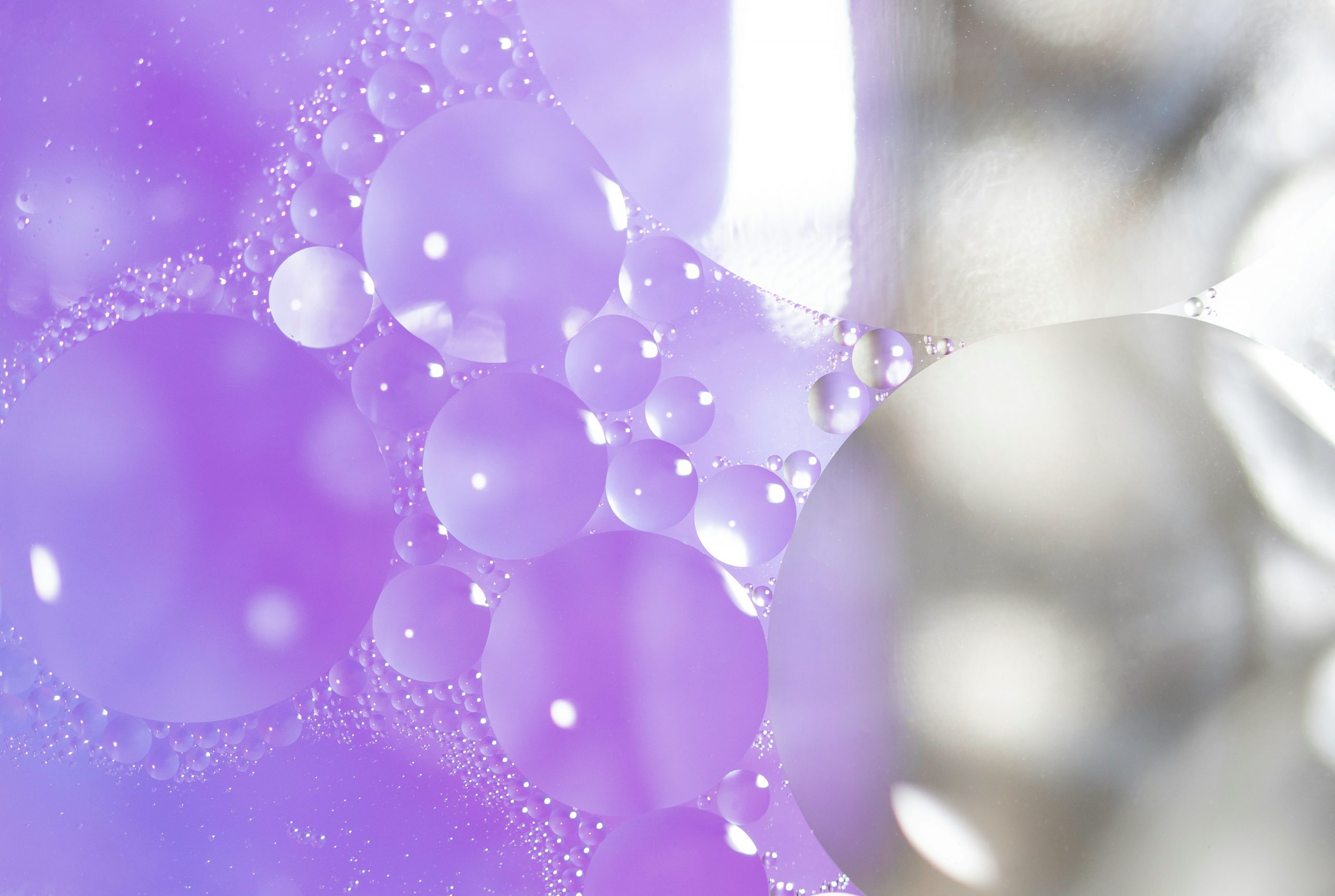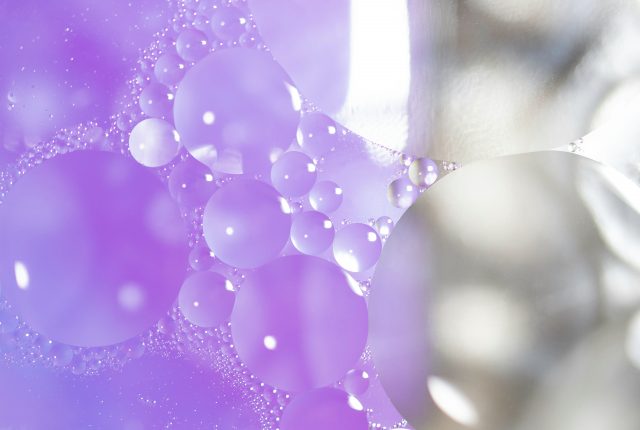
The composition of a cosmetic product can tell much more about that product than what is written on the label. The real challenge is to be able to read it correctly and know which ingredients should be in the formula and which should not be. We talked to cosmetologists and compiled a blacklist of cosmetic ingredients for you.
List of harmful ingredients in cosmetics
It is worth starting with the fact that there is a minimal amount of chemicals from a cosmetic point of view that can be present in the product. And if the cosmetics manufacturer complies with international regulations, their presence should not worsen the skin condition. Otherwise, products may cause irritation, rash and other reactions when the content of chemical components, which will be discussed below, is exceeded.

Tamila Gadzhimirzaeva, dermatologist-cosmetologist, genetic counselor, trichologist at Dermavi aesthetic and anti-aging medicine clinic
mineral oils
Since mineral oils are a petroleum product, most people treat them with caution. But in fact, this component does not have a direct toxic effect on the body. It acts as a binder in the formula of the product, stabilizing microelements, vitamins and other entities. Thanks to the mineral oils in the product’s composition, its form becomes more suitable for use. But in skin care, single-ingredient mineral oils – Vaseline or castor oil – can lead to rashes and unwanted reactions because the oil only creates a blockage (film) but does not moisturize.
parabens
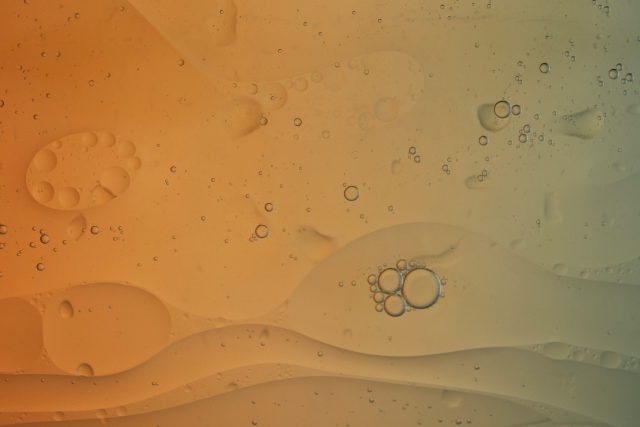
Discussions about the dangers and benefits of parabens have not subsided for many years. These are para-hydroxybenzoic acid esters used as preservatives in cosmetics. The three most common parabens found in cosmetics are methylparaben (E218), propylparaben (E216) and butylparaben. In 2004, researchers found that these substances may accumulate in some body tissues, causing the risk of breast cancer. However, over time, the Scientific Committee on Consumer Safety (SCCS) determined that parabens are safe to use as preservatives in cosmetics. Its presence in cosmetics should not exceed 0.4% of the total composition of the ingredients. But in fact, the concentration of paraben in the product formula is even lower than the established norm. Therefore, according to many researchers, parabens are the safest of all chemical preservatives used in the cosmetic industry.
Alcohol
High amounts of alcohol in the long term can disrupt the condition of the hydrolipidic cover of the epidermis, drying and irritating the skin through gradual dehydration of the deeper layers. Even if we are talking about fatty forms of alcohol. However, these are necessary to ensure that the texture of the product is uniform and suitable for use.
Silicones and siloxanes (dimethicone)
These ingredients leave a film on the skin, so they are sometimes added to cosmetics to create the effect of even and smooth skin. However, if used excessively, they can contribute to the breakdown of the skin’s protective covering. As a result, rashes and irritation may occur.
Lanolin
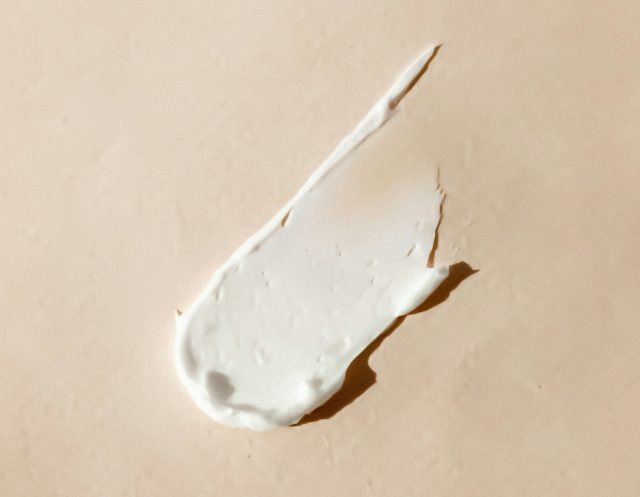
Lanolin (aka lanolin) belongs to the so-called “harmful” softeners. In general, emollients protect the skin from external factors and retain moisture. That’s why they are often added to cosmetics for dry skin. At the same time, emollients can harm those with oily and problem skin – they can clog the duct of the sebaceous gland and provoke the appearance of acne.
ethanolamine
This ingredient, an ammonia derivative, is prohibited in international practice, but in Russia it is used in cosmetics in various forms. Ethanolamine and its derivatives can irritate the skin by changing its pH. Especially after long-term use, the skin becomes dry and dehydrated. The compound can be found under the Latin name ethanolamine.

Ekaterina Kandinskaya, dermatologist at DocMed and DocDeti clinics
Formaldehyde and its derivatives
This component is actively used during keratin straightening. It is known that the FDA issued a warning in 2011 that formaldehyde, which is part of keratin hair straightening products, can be dangerous for both users and professionals performing the procedure. It can cause headaches, difficulty breathing, dizziness, insomnia, irritability, memory problems, as well as kidney damage and an increased risk of asthma. Additionally, the International Agency for Research on Cancer states that formaldehyde is carcinogenic.
triclosan
Triclosan has an antimicrobial effect and is used for antibacterial purposes. For this reason, it can be found in a common care product such as soap. There is evidence that studies of triclosan in animals show reductions in thyroid hormone levels, but similar studies have not been done in humans. Mild skin irritation was also observed during use. However, triclosan is not defined as a classical carcinogen by international organizations such as the International Agency for Research on Cancer (IARC). However, since there is not enough data regarding its safety, it is recommended to limit its use. In cosmetics it is called triclosan.
Laureth sulfate
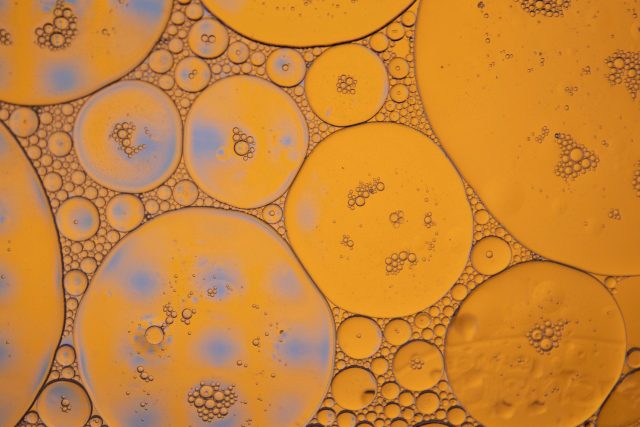
It is also known as SLS, an ingredient that can often be found in shampoos and other care products. SLS is considered safe as a dietary supplement by the Food and Drug Administration (FDA). But regarding external use, there is a risk of side effects (especially if the component remains on the skin for a long time): contact with irritation of varying severity and allergic reactions. It is currently considered an irritant but not a carcinogen.
Toluene
It is a petrochemical product that we can find in most hair dyes and nail polishes. It may cause headache, nausea, fatigue and drowsiness. There is also a risk of the fetus developing congenital defects and blood cancer. In cosmetics it is called toluol.
What to do if one of the ingredients is found in cosmetics?
You must understand that it is not entirely correct to separately consider one component from an extensive list and blame it for all mortal sins. To maintain the effect of active ingredients, cleanse the skin and ensure that the cosmetic form is comfortable, soft and pleasant, manufacturers need to add preservatives, surfactants and chemical reagents that will perform these functions. Therefore, their presence in cosmetics is not critical. A completely different question is in what concentration. If you have doubts about one or another ingredient when analyzing the composition, the best solution would be to consult a beautician.
Source: People Talk
I’m Roger Gritton, and I’ve been writing for the The Fashion Vibes for over 5 years now. My specialty is beauty news; I’m passionate about covering the latest trends, products, and innovations in the industry. In my time there, I’ve become known as an authority on all things beauty-related.
I love discovering new experts to interview, researching up-and-coming ingredients and techniques that are making their way onto our beauty shelves and highlighting people who are making a difference in the world of cosmetics. My work has appeared not only on The Fashion Vibes, but also several other publications including the New York Times Magazine, Allure Magazine and Refinery29.

